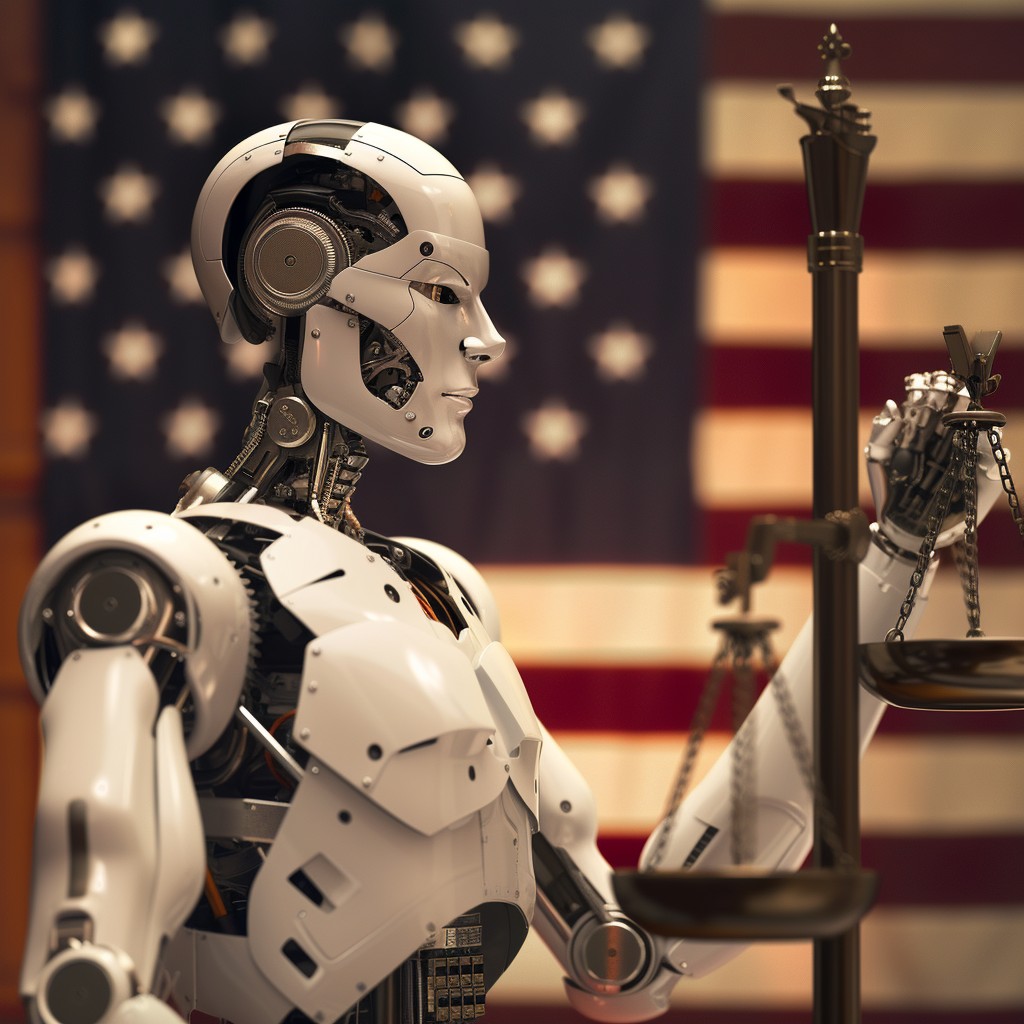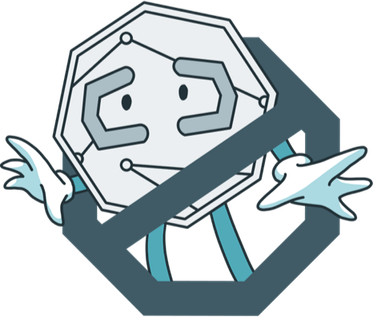The US government has affirmed that patents can only be granted to real individuals, not artificial intelligence (AI) systems. This is a significant development shaping the future of intellectual property rights. The decision, outlined in official guidance released this week by the US Patent and Trademark Office (USPTO), underscores the vital role of human inventors in the patenting process.
The USPTO’s guidance emphasizes that to obtain a patent, a real person must have made a “significant contribution” to the invention. This means that only human beings can be named as inventors on a patent, irrespective of the extent of AI involvement in the creative process.
The issuance of these inventorship guidelines aligns with the directives of the Biden administration, which has shown a keen interest in addressing the challenges and opportunities presented by artificial intelligence. This move reflects a proactive approach to navigating the evolving landscape of technological innovation and intellectual property law.
What is “significant contribution” to the US Government?
While the concept of a “significant contribution” by a human inventor may seem subjective, the USPTO has provided some clarity through hypothetical examples. These scenarios illustrate that mere delegation of tasks to AI systems without substantial human input would not suffice for patent eligibility.
The guidelines aim to strike a balance between encouraging innovation facilitated by AI tools and maintaining the integrity of the patent system. By reaffirming the centrality of human creativity and ingenuity, the USPTO seeks to provide assurance to inventors while addressing potential challenges posed by AI-assisted inventions.
The USPTO’s stance is reinforced by existing case law, including a federal appeals court ruling that only actual individuals can be listed as inventors on US patents. This legal precedent underscores the fundamental requirement of human involvement in the inventive process.
Disclosure concerns and patent trolls
While inventors are not obligated to disclose the use of AI in their patent applications, concerns have been raised regarding the potential for abuse. Some fear that the lack of transparency could incentivize so-called patent trolls to exploit the system by filing broad patents without genuine inventions, leading to frivolous litigation and hindering innovation.
The guidance provided by the USPTO is expected to have far-reaching implications for the development and utilization of AI technologies in various industries. It sets clear expectations for inventors while fostering a conducive environment for AI-driven innovation within the bounds of existing patent laws.
Looking ahead
As the use of AI continues to evolve and permeate various aspects of society, the USPTO’s inventorship guidelines serve as a foundational framework for addressing the intersection of AI and intellectual property rights. Moving forward, stakeholders will closely monitor how these guidelines are implemented and interpreted in practice.
The US government’s affirmation of the human inventorship requirement for patents sends a clear message about the pivotal role of human creativity in the innovation ecosystem. By establishing guidelines that recognize the contributions of real individuals while acknowledging the potential of AI, the USPTO seeks to foster a balanced approach to patent protection in the digital age.





